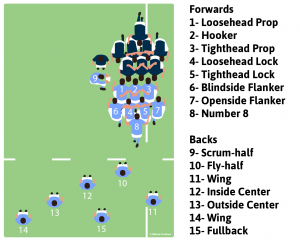About Rugby
Rugby is a team sport played with two opposing teams of fifteen players each on a field about the size of a football field. It is a full contact sport – that means tackling! – and is played continuously, with stoppages only occurring if someone does something illegal, scores, or if the ball goes out of bounds. The goal of the game is to score in the opposing team’s end (“try”) zone, which is done by running forward with the ball, passing, and kicking.
Basically, it’s the best sport in the world, played by the best people in the world.
Positions

Forwards
1 – loosehead prop and 3 – tighthead prop. The props support the hooker in the scrum and are some of the strongest and most powerful players. Props often lift the jumper in a lineout. The two props differ in how they bind onto the other team during scrums.
2 – hooker. Hookers are normally small but strong. They are responsible for kicking the ball back to their own team during scrums.
4 and 5 – locks or second-row. Locks, also called second rows, are normally very tall and powerful. In the scrum, their heads are placed between the prop and hooker. They often jump in lineouts.
6 – blindside flanker and 7 – openside flanker. Flankers are normally quick and aggressive with excellent tackling skills. Flankers bind on to the outside of the scrum. They should be quick to stop the opposing team on defense.
8 – number eight. Eights combine strength and speed. They bind between the locks at the back of the scrum and help control the ball when it has been kicked back. Eights should also be quick to defend when the opposition wins a scrum.
Backs
9 – scrumhalf. Scrumhalves are the link between the forwards and backs, and are normally small and fast with good passing and communication skills. They put the ball into the scrum and then pass it out to the backs, and pass the ball out of rucks and mauls.
10 – flyhalf. Flyhalves are the main playmakers of the backs. They should be quick thinkers and good at communicating and can normally kick well.
12 – inside center and 13 – outside center. Centers should be strong all-around, capable of passing, running, and tackling. Centers are often involved in backs plays. A good kicking game is also useful for a center.
11 and 14 – wing. Normally the fastest and often the smallest players on the field. Wingers will ideally finish plays by scoring. They should be capable of catching kicks and often act as the last line of defense.
15 – fullback. Fullbacks are fast and capable of catching and returning kicks. They are the last line of defense, playing behind the rest of the back line, and should be confident tacklers.
Rules
The rules can get a bit tricky, but here are some basics:
You must be behind the ball while playing. If you’re in a position in front of the ball, you are offside, and can’t receive passes or be involved in rucking or mauling.
The ball can only be passed backward. This sounds confusing, as it’s the opposite of most sports, but you soon get used to it.
The ball can be moved in three ways: by running it, passing it, or kicking it. The ball can move forward while running or kicking.
The opposing team is stopped by tackling. The ball can be taken from the other team through an interception of a pass, rucking, mauling, or during a stoppage of play by winning a scrum or lineout.
There is no blocking. This makes sense since you can’t play in front of the ball.
If the ball goes forward, whether, through a forward pass or a fumble (“knock-on”), the opposing team gets to put the ball into a scrum.
If a serious foul occurs, the fouled team gets a penalty. The offending team must be ten meters away from the place where the foul occurred. The other team then restarts the ball by kicking or tapping it with the foot.
To score, the ball must be touched to the ground in the opposing team’s try zone. This earns the team 5 points. Points can also be scored by a conversion after a try (2 points), or by kicking the ball from the field similarly to a football field goal (3 points).

